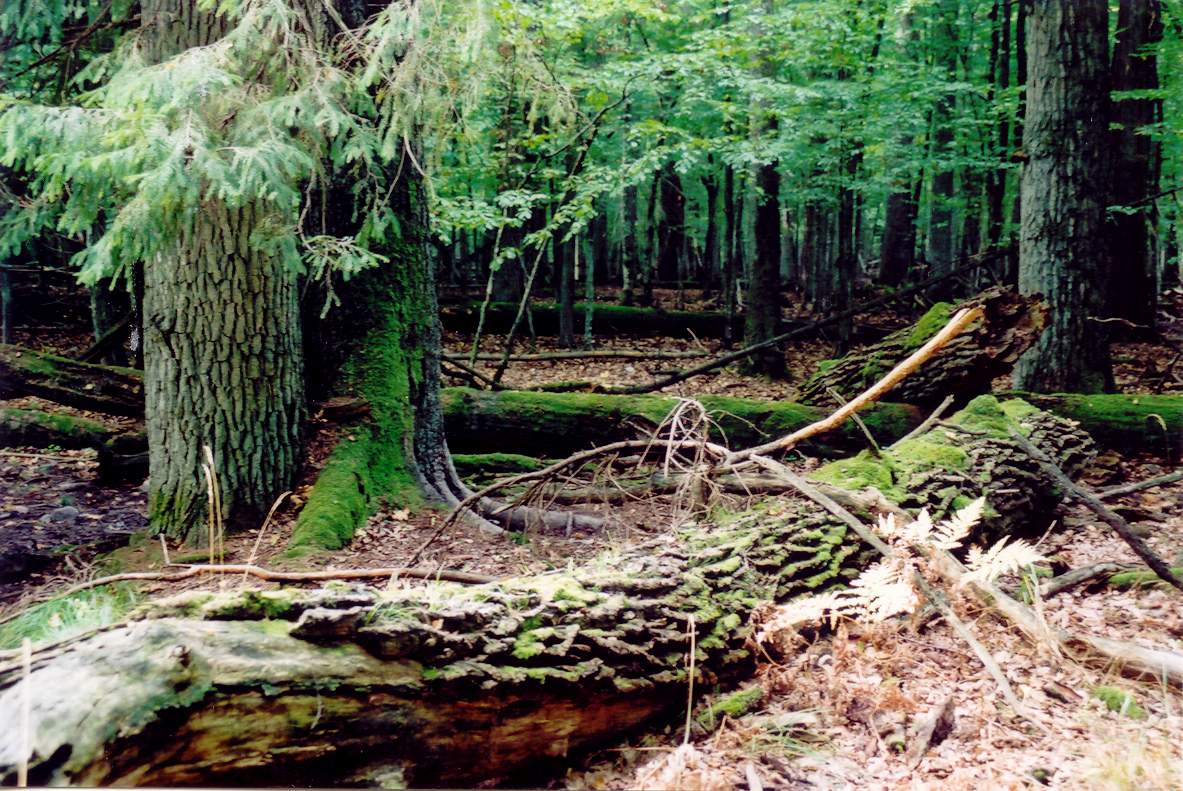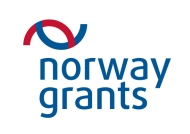About TRANPAREA
Nature plays a more important role in the economy than what is often realised. The impact on social welfare from functioning ecosystems might be “invisible” or taken as granted. However, society utilises ecosystem services for human ends, either as inputs to consumption goods or capital assets. These include food, freshwater, timber, cleaning/purification services, climate regulation, protection from natural hazards, erosion control, pharmaceutical ingredients, wildlife habitats, and recreation. Many of these services are crucial for supporting human populations directly, as they contribute to satisfying essential human needs whilst also preserving aesthetic, patriotic, or religious values. Though intact ecosystems also provide significant input to common marketed goods, the so-called public goods (that are neither sold nor bought in markets) prevail in the nature area domain. Competitive markets are known to fail providing optimal allocation of public goods and thus undervalue them and communicate misleading signals to decision-makers. This calls for application of economic analyses in public decision-making including valuation techniques as a tool to provide rational use of natural resources and ensure their socially optimal allocation in order to mitigate the risk of taking unbalanced decisions resulting in public welfare loss occurrence.
As the very project title prompts, the TRANPAREA (“Value of Transboundary Nature Protected Areas Situated near the EU Outer Borders”) project is dealing with the transboundary nature protected areas (NPAs), scrutinising upon the economic aspects of their functioning. Artificially divided by political borders, contiguous almost intact natural complexes which are granted certain legal protection status on the each part of the border are referred to as transboundary NPAs. In accordance with somewhat outdated data, in the beginning of the XXI century there were almost two hundreds of transboundary NPAs in the world with the total surface equal to that of India, the fact that makes them an important element of the global green infrastructure. Taking the latter fact into account, one could conclude that transboundary NPAs relatively seldom fall within the focus of economic studies in general and empirical studies in particular.
Many of the remaining large nature areas in Europe have transboundary character, e.g., some of the remaining intact ecosystems of the Alps and the Donau area. In particular, many valuable intact and semi-intact natural sites are located in the periphery of the EU due to historically lower pressure of economic activities upon natural communities and wildlife in the EU outer border regions. In many cases the situation is symmetric on the both sides of the border. For transboundary NPAs located at the EU’s outer borders efficient conservation of biodiversity and landscape values is a special challenge concerning differences in national wildlife conservation systems of the EU and non-EU countries, conservation management techniques applied as well as in general socioeconomic context. For instance, in Central and Eastern Europe both EU and non-EU countries are currently being at various stages of the socioeconomic tranformation. To our best knowledge, no empirical study aimed at valuation of transboundary NPAs belonging to either different transitional countries, or transitional vs. developed countries has been conducted in the region.
Natural and landscape scientists contemplate cross-border co-operation as the most effective conservation strategy for transboundary NPAs, reasonably claiming that wild nature does not recognise artificially set state borders. Theoretically, transboundary NPAs represent international public goods, which means that their economic value is affected by preferences of economic agents belonging to more than one economic system. The case study conducted in Baltic Sea Basin countries in the late 1990s has become one of the world’s first valuation studies of international public goods and positive willingness to pay of people for improvement of the water quality in the Baltic Sea was amongst its key findings. However, in case of the terrestrial transboundary NPAs, populations of the countries, which share the same site, might have different preferences with respect to preserving and managing the natural area. For example, an individual could have assigned some positive value to the domestic part of the site, whilst zero value to its foreign part, as if two separate national public goods existed instead of the common one. In other words, empirical evidence is needed whether the terrestrial transboundary NPA is an international public good in accordance with the preferences of citizens of the countries involved. Answer to the question if the particular transboundary NPA is indeed an international public good in accordance with people’s preferences, entails serious practical implications. Whilst cross-border co-operation is an efficient option for conservation and management of truly international public goods, some transboundary NPAs may appear rather a combination of separate public goods of national scale instead of the entire international one in accordance with the people’s preferences.
TRANPAREA project scrutinises upon the two particular and prominent cases of transboundary NPAs, located at the EU outer borders: Białowieża/Biełavieskaja Pušča forest in between Poland and Belarus as well as Fulufjellet/Fulufjället shared by Norway and Sweden. The comparative study relies upon stated preferences valuation methodology, namely discrete choice modelling which derives the monetary value through a series of respondents’ choices amongst a set of discrete alternatives, which are described with multiple attributes. As a result, not only willingness to pay (WTP) for the object as a whole but also WTP for it particular components (say, for its domestic and foreign parts) is estimated as a result of valuation exercise. We aim to find out if the sites under consideration qualify as international public goods and we want to investigate factors affecting their economic value, including those of socioeconomic nature and arising from country-specific context. Study findings and practical implications will be reported to the concerned audiences: academic circles, nature conservation authorities and community, local population and non-governmental organisations.

Oaks deadwood in Biełavieskaja Pušča core part. Photo by Andrej Abramčuk























